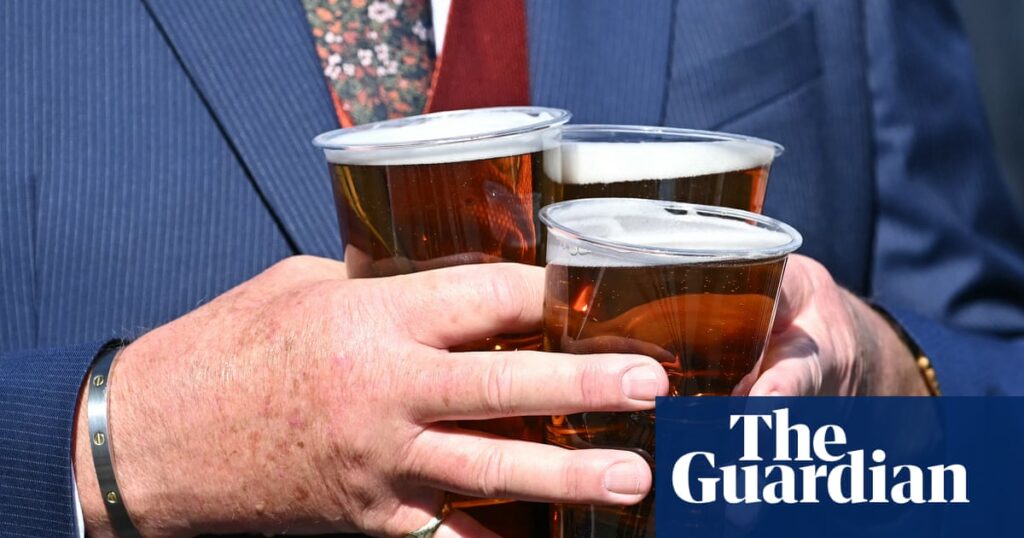A flat pint of beer with no head is a common gripe among pub-goers. And while the bar staff’s pint-pulling technique is often assumed to be the cause, scientists have discovered that the stability of beer foam is also highly dependent on the chemical makeup of the brew.
Triple fermented beers have the most stable foams, the study found, while the froth created by single fermentation beers, including lagers, are inherently more likely to collapse before you have time to take the first sip.
“We now know the mechanism exactly and are able to help the brewery improve the foam of their beers,” said Prof Jan Vermant, a chemical engineer at ETH Zurich, who led the study.
The research began as a “typical Friday afternoon project”, Vermant said. “We decided to study beer and found this really rich physics going on.”
Like any other foam, beer foam is made of many small bubbles of air, separated from each other by thin films of liquid. Under the pull of gravity and the pressure exerted by surrounding bubbles, the films of liquid slowly thin out, the bubbles pop and the foam collapses. But the rate at which this process occurs was found to vary depending on the form of a barley-derived protein, called Liquid Transfer Protein 1 (LTP1).
“The idea was to directly study what happens in the thin film that separates two neighbouring bubbles,” said Dr Emmanouil Chatzigiannakis, an assistant professor at Eindhoven University of Technology and first author of the study.
Turning to a collection of scientific imaging techniques, the team was able to determine how these thin films could hold together to make a stable foam.
“We can directly visualise what’s happening when two bubbles come into close proximity,” Chatzigiannakis said. “We can directly see the bubble’s protein aggregates, their interface and their structure.”
In single fermentation beers, the LPT1 proteins have a globular form and arrange themselves densely as small, spherical particles on the surface of the bubbles. “It’s not a very stable foam,” Vermant said.
During the second fermentation, the proteins become slightly unravelled and form a net-like structure that acts as a stretchy elastic skin on the surface of bubbles. This makes the liquid more viscous and the bubbles more stable.
During the third fermentation, the LPT1 proteins become broken down into fragments that have a water-repellent (hydrophobic) end and a “water-loving” (hydrophilic) end. In these beers, a phenomenon called the Marangoni effect comes into play, which drives liquid flow from protein-rich (thicker) areas of the bubble to protein-depleted (thinner) areas, delaying the bursting of bubbles. A similar effect is seen with soap bubbles, where swirling can often be seen on the surface for the same reason.
“These protein fragments function like surfactants, which stabilise foams in many everyday applications such as detergents,” Vermant said. Some of the triple fermented beers had foams that were stable for 15 minutes.
Vermant, who is Belgian, said the findings could help brewers increase or decrease the amount of foam as desired. There may be differing views, though, on whether a foamy pint is desirable or represents poor value for money. “Foam isn’t that important everywhere beer is served – it’s basically a cultural thing,” he said.
The findings are published in the journal Physics of Fluids.


